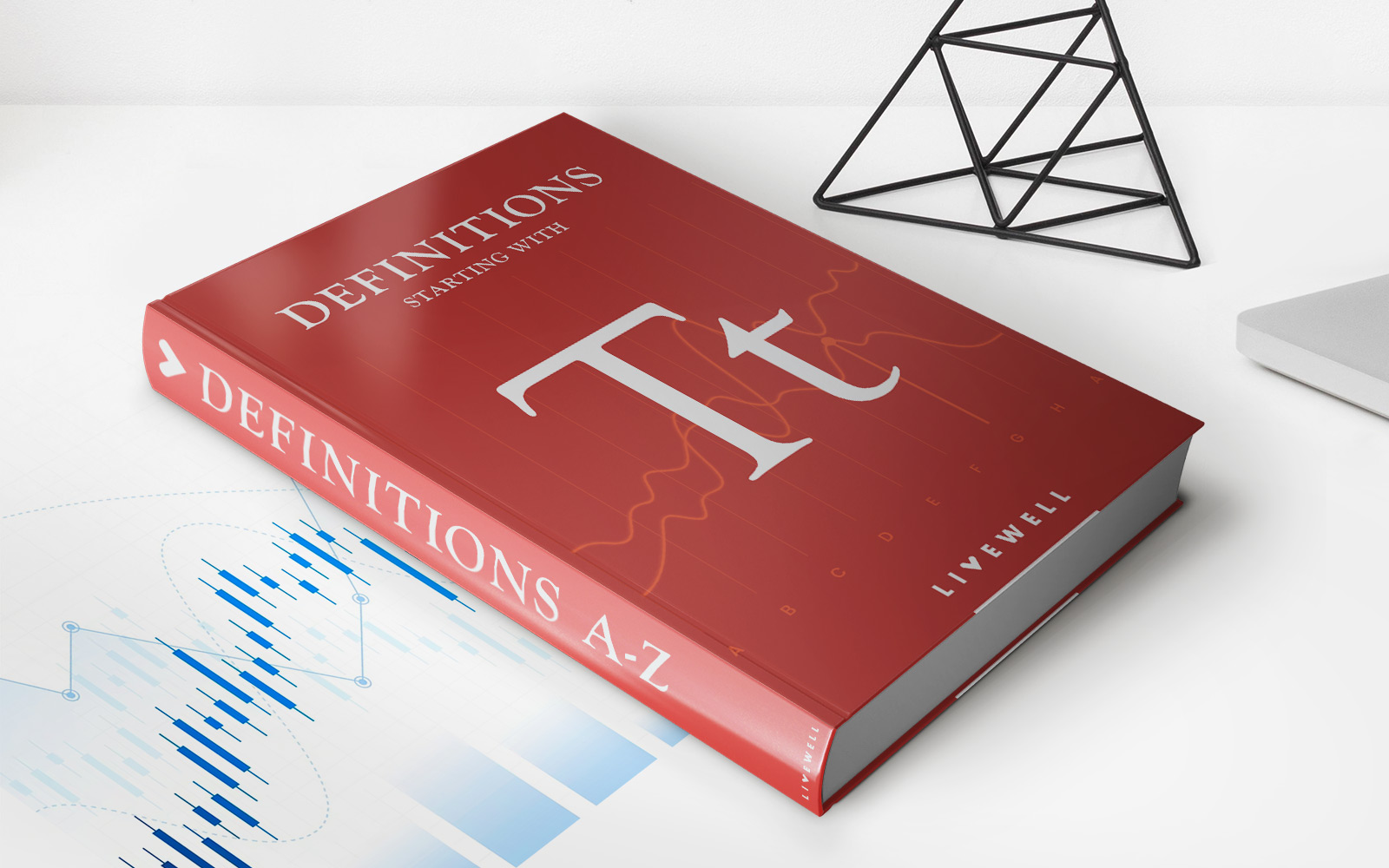

Finance
Paper Millionaire Definition
Published: January 5, 2024
Learn the definition of a paper millionaire in finance and how it relates to building wealth. Uncover strategies to transform theoretical riches into tangible assets.
(Many of the links in this article redirect to a specific reviewed product. Your purchase of these products through affiliate links helps to generate commission for LiveWell, at no extra cost. Learn more)
What is a Paper Millionaire? Defining the Term and Exploring its Significance
When it comes to the world of finance, one term that you may come across is “paper millionaire”. But what exactly does it mean to be a paper millionaire? In this blog post, we will define the term and explore its significance in the realm of personal finance.
Key Takeaways:
- A paper millionaire is an individual who has a high net worth on paper or through investment portfolios but may not have substantial liquid assets.
- The notion of being a paper millionaire can provide a sense of financial security and motivate individuals to continue building wealth.
At its core, a paper millionaire refers to an individual who, on paper or through investment portfolios, has a high net worth, reaching the millionaire status. However, it is essential to understand that being a paper millionaire does not necessarily mean being a millionaire in terms of liquid assets. This is because the net worth of a paper millionaire includes not just cash but also non-liquid assets such as stocks, real estate, and other investments.
The term “paper millionaire” gained popularity during the dot-com era in the late 1990s, where many individuals became millionaires on paper due to the soaring stock prices of tech companies. However, when the dot-com bubble burst, many of these paper millionaires saw their wealth evaporate as the stock market crashed.
So, does being a paper millionaire hold any significance? The answer is yes, but with some caveats. While it may not provide immediate access to substantial liquid assets, being a paper millionaire can still offer a sense of financial security. It serves as a testament to one’s ability to accumulate wealth and can motivate individuals to continue building their net worth.
However, it’s important to balance this sense of security with the recognition that the value of investments fluctuates and that converting non-liquid assets into cash may not be as straightforward as it seems. Understanding the difference between net worth and liquidity is crucial to avoid falling into the trap of assuming one’s paper wealth equates to immediate financial freedom.
So, how can one go from being a paper millionaire to a realized millionaire? Here are a few key strategies:
- Diversify your investments: By spreading your investments across different asset classes, you can reduce risk and increase the potential for growth.
- Create a comprehensive financial plan: Work with a financial advisor to develop a detailed plan that aligns with your goals and helps you navigate through potential obstacles.
- Focus on building liquid assets: While non-liquid assets are important for long-term wealth building, it’s crucial to also prioritize accumulating liquid assets that provide immediate access to cash.
- Maintain a long-term perspective: Building wealth takes time, patience, and discipline. It’s essential to resist the urge to make impulsive decisions based on short-term market fluctuations.
In conclusion, a paper millionaire is someone who has a high net worth on paper or through investment portfolios. While being a paper millionaire can provide a sense of financial security and motivation, it’s important to understand the distinction between net worth and liquidity. By diversifying investments, creating a comprehensive financial plan, focusing on liquid assets, and maintaining a long-term perspective, individuals can work towards realizing their paper wealth and achieving true financial freedom.














